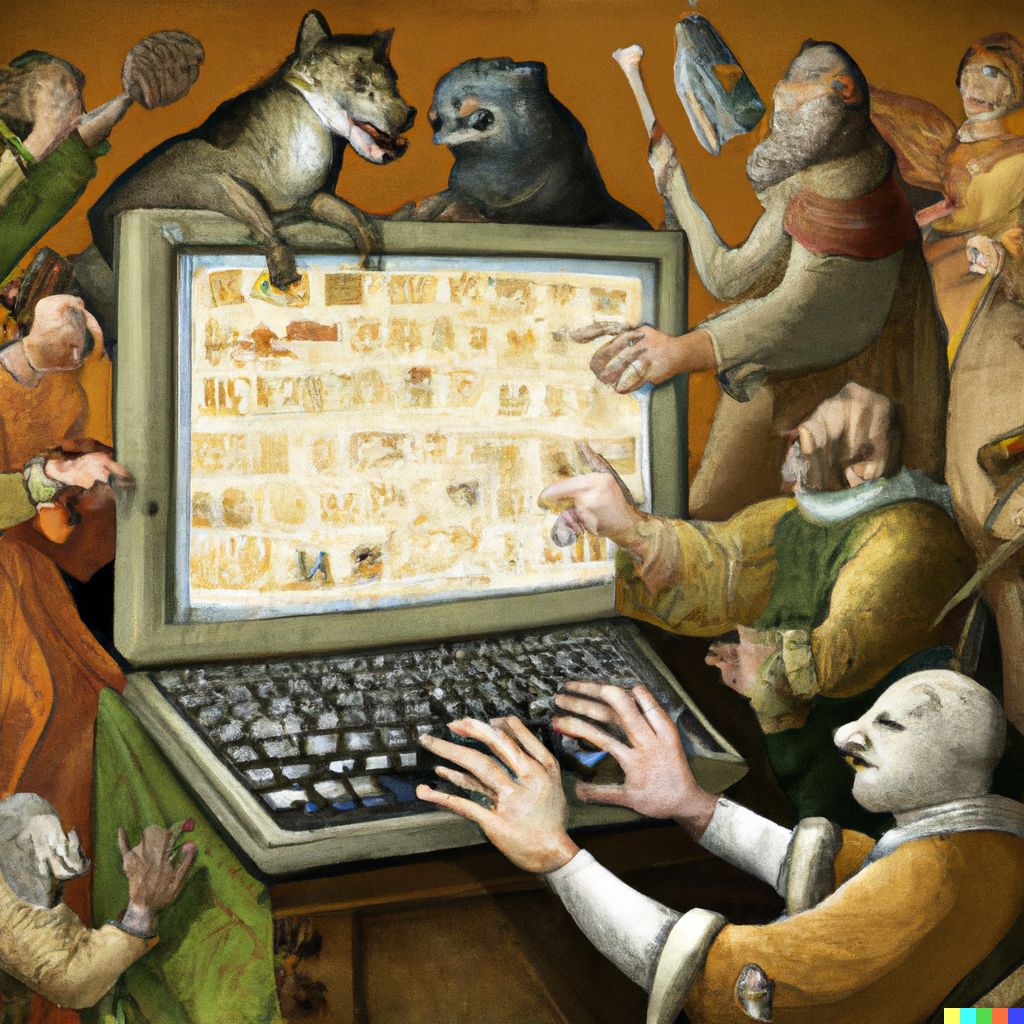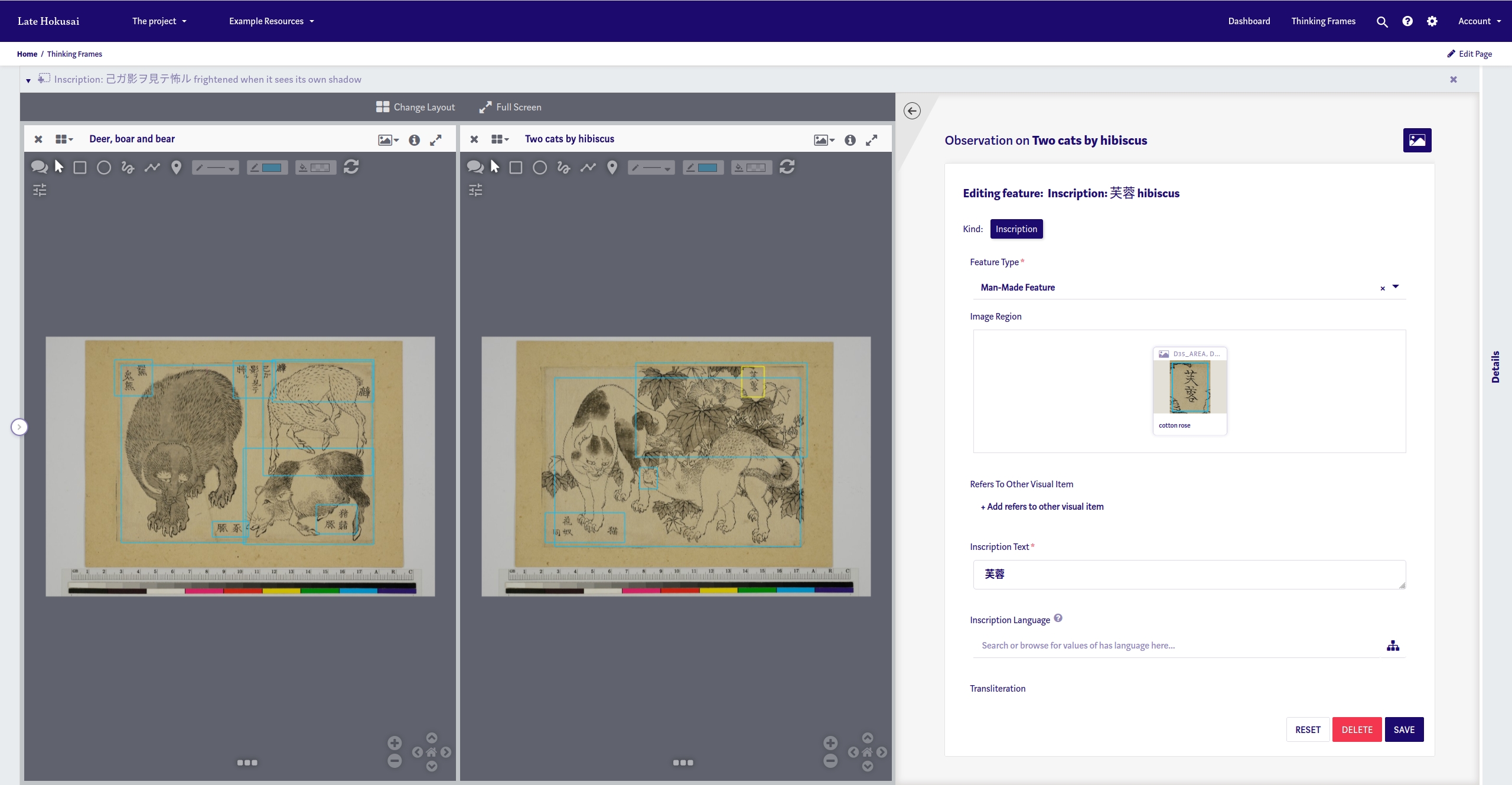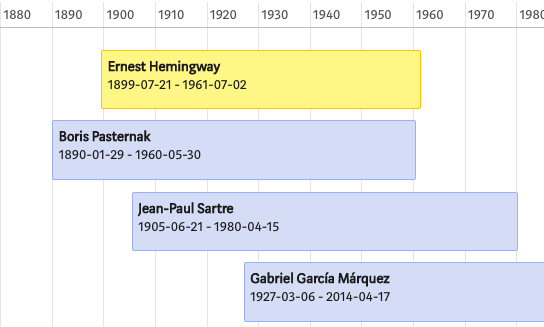contact: info@kartography.org
contact: info@kartography.org




ResearchSpace's design is based on an extensive period of empirical research into the changing nature of knowledge production. in humanities methodology. In all sectors knowledge production has shifted from a modernist disciplinary, hierarchical and often functional approach, to a transdisciplinary, polyhiearcrhical, and processual approach. However, this has not been fully realised in digital information systems. The research used to produce ResearchSpace is substantial and will be made available in 2024.
ResearchSpace is a native Linked Data environment. While Linked data allows structures that support networks of data, unlike database systems, Linked Data is only a structure which by itself addresses very little.
The key to the ResearchSpace Design and to semantic networks is the representation of content
Linked data has been primarily used as a publication mechanism for legacy data. This does not make the data better, address context, inclusivity and diversity
ResearchSpace is a response to the gap between subject experts and digital publication. The need to represent complex - relative to databases - meaningful data narratives -like those used in writing textual narrative - in way that supports human networks of knowledge augmented by computers. It addresses the challenge of meaningful qualitative data at scale, integration of data through context, representing transformation of history of society, rather than static administrative or reference records, and providing a far better basis for the use of AI.
The ResearchSpace System - Semantic Clipboard

A knowledge board to drag and drop resources from different tools. The clipboard can be used to collect and organise your data and system resources.
Charts dynamically created in the semantic search system, useful for graphical and statistical analysis.
The ResearchSpace System - Knowledge Patterns
A knowledge pattern is a template statement based on ontological committment which allows relational statements to be added, retrieved or deleted from the knowledge base.
These patterns can be simple, like one relational statement connecting one process to another. For example, "An Influence - was manifest in - Activity". This pattern can be used with other simple patterns. Another pattern might be - "Activity took place at Place". Alternatively, these two statement might be used together in one pattern, depending on the the focus of attention.
These patterns are used in many of the tools within ResearchSpace. The system comes with a large number of precompiled patterns using the CIDOC CRM. The integrity of the CIDOC-CRM means that this auto generation can derived from the its robust logic, but this is not the case with all so ontologies.
The ResearchSpace System - Knowledge Maps
Add and modify contextual information in a free-form canvas, without the constrain of any fixed data model. Describe connections between constellations of actors, places, events, objects, ideas and processes, in an ontology driven Linked Data format. Embed multimedia resources, like images, video and audio. Explore the dynamic knowledge graph connecting new and existing data. Collaborate with multiple users to improve the overall quality of your data by addressing context and transferring thinking to the knowledge graph.
Search using real world context. Relational facets: to narrow down search results. Location-based search: select a region on a map to indicate the locations to search for. Advance save options: save search, save results in the clipboard. Dynamic results visualisations as table, grid, charts, timelines and maps.
The ResearchSpace System - Semantic Forms
ResearchSpace links together knowledge patterns to make larger patterns of information. Semantic forms look like standard form inouts but support hierarchical authoring and multiple connections between information. This makes semantic forms a more powerful data input tool because the connections are meaningful and interpretable by the both computer and human alike. Semantically driven data, allows for greater complexity, and this means that systems can support many differnt subjectand process areas in the same knowledge base - supporting collaborative working.
The ResearchSpace System - Spatial data with Open Street Maps
The ResearchSpace System - PDF Viewer and Annotations
Create textual snippets and PDF clippings, automatically converted into FRBR entities – a CICOC-CRM conceptual framework for bibliographic sources. Embed snippets and clippings as citations into other tools. Conduce visual literature reviews or create arguments using the sources derived from PDF documents combined with other materials
The ResearchSpace System - Semantic Narratives
An interactive text document where you can embed data while writing your evolving narrative. Advanced data visualisations can be included in the narrative, including charts, knowledge maps, data sets,tables, multiple image views and annotations. Being connected to the knowledge base, as information is added, the narrative is automatically updated by your new data.
The ResearchSpace System - Image Viewer & Annotations

Import and explore high resolution images in the integrated IIIF Viewer. Display, overlay and compare images side-by-side in a flexibly multi-window viewer. Draw regions and create annotations that can be referenced anywhere else in the system.

Timelines are associated with dates and periods but these may related to different types of events and surrounding content. Visualise different entities using different contextual patterns.
The ResearchSpace System - Linked Data Management
ResearchSpace comes with a suite of tools to manage the environment, ontologies, security and the Linked Environment.